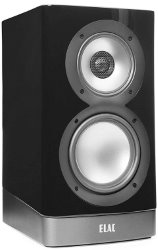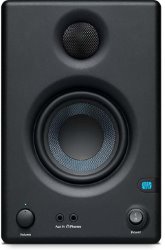ELAC ARB51 Navis vs. Presonus Eris E3.5
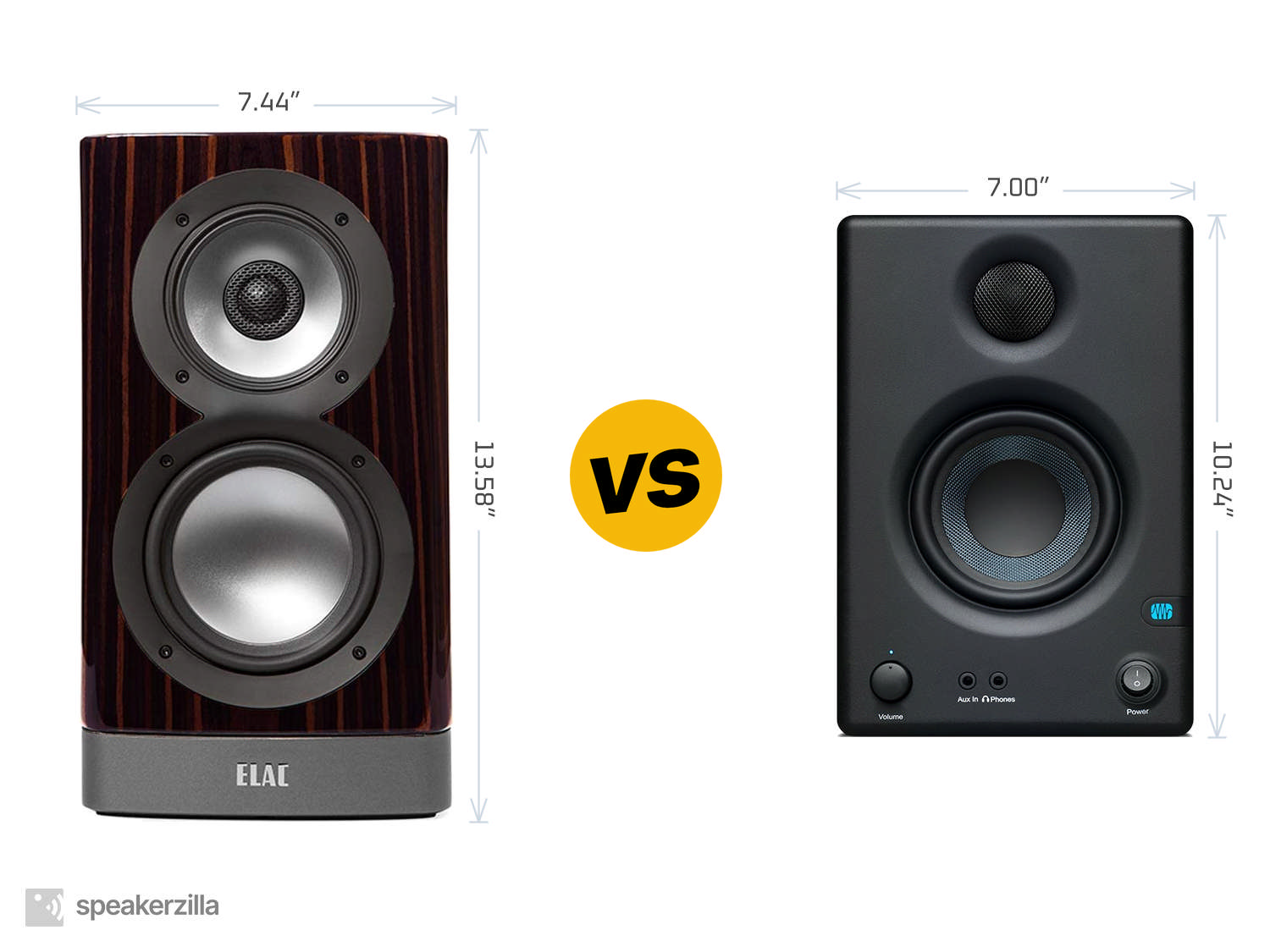
| ELAC ARB51 Navis Powered Bookshelf Speakers | Presonus Eris E3.5 3.5” Near Field Studio Monitor |
| MSRP | |
| $2000 | $100 |
| Dimensions (H × W × D) | |
|
13.58” × 7.44” × 9.45” 345mm × 189mm × 240mm |
10.24” × 7.00” × 7.68” 260mm × 178mm × 195mm |
| Power Type | |
| Powered | Powered |
| Frequency Response | |
| 44-28,000 Hz | 80-20,000 Hz |
| ASR Score | |
| n/a | 1.5 |
| ASR Score w/Subwoofer | |
| n/a | 4.3 |
|
Amazon.com
|
Amazon.com
|
Key Takeaways
TLDR Summary: In the arena of powered speakers, the ELAC Navis ARB51 brings an elite audiophile experience with its rich, room-filling sound, owed to its sophisticated driver design and robust amplification. In contrast, the Presonus Eris E3.5, a modest contender, offers impressive clarity for its size, targeting budget-conscious users and burgeoning content creators. While the Navis claims the high-end tier with its audiophile-grade performance, the Eris E3.5 competes as a highly accessible near-field monitor, making professional sound quality attainable for the masses. Both serve their audiences with distinction, delineated by their price-to-performance ratios.
Speaker Comparison
When it comes to high-fidelity audio, the choice of speakers can make or break your listening experience. Today, we're diving deep into the sonic characteristics and features of two popular speaker models: the ELAC ARB51 Navis Powered Bookshelf Speakers and the Presonus Eris E3.5 3.5” Near Field Studio Monitor. These two offerings cater to different segments of the audio market, but both promise an immersive sonic performance. Let’s see how they stack up against each other.
Design and Build Quality
The ELAC ARB51 is a testament to meticulous craftsmanship, with its sleek, sophisticated design and robust build quality that speaks volumes of its premium status. The attention to detail in the finish is immediately evident, positioning it as a centerpiece in any audiophile's collection. Conversely, the Presonus Eris E3.5 presents a more utilitarian aesthetic that's common within studio environments. The build is solid, but it's clear that the focus here is on functionality over luxury. Both are compact, but the ELAC commands a more pronounced presence in any room.
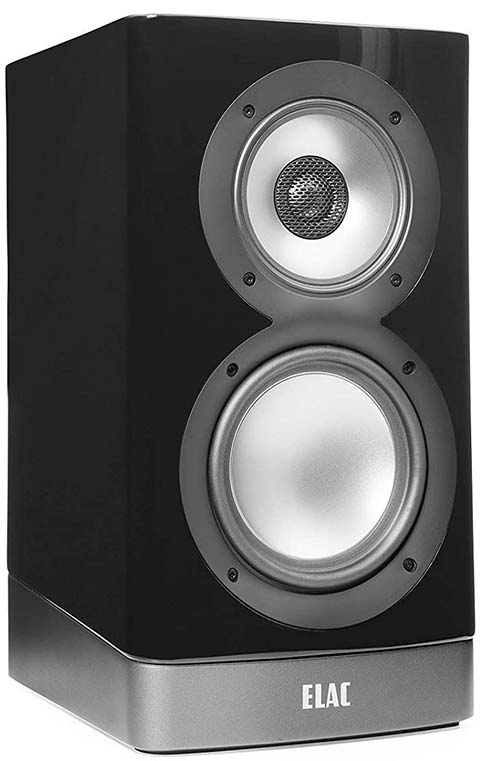
 (at Amazon.com)
(at Amazon.com)Sound Performance
Powering the ELAC ARB51 is a tri-amp configuration that delivers an astonishing clarity and depth across frequencies. Its custom-designed midrange/tweeter and bass drivers produce a sound signature that is both warm and detailed, with an impressive soundstage that belies its bookshelf dimensions. In contrast, the Presonus Eris E3.5, with its smaller drivers, offers a surprisingly balanced and accurate sound for its size and price point, making it a favorite among home studio aficionados. However, it lacks the visceral impact and richness that the ELAC provides.
Where the ELAC shines is in its ability to render the subtle nuances of music with a sense of ease and precision. The ARB51's have a way of digging into the layers of a recording and presenting each element with a distinct space and airiness. The low end is tight and well-defined, without overwhelming the mids or highs. The Eris E3.5, while clear, tends to have a more constrained soundstage and can struggle with the lowest bass frequencies, demanding a subwoofer for truly full-range listening.
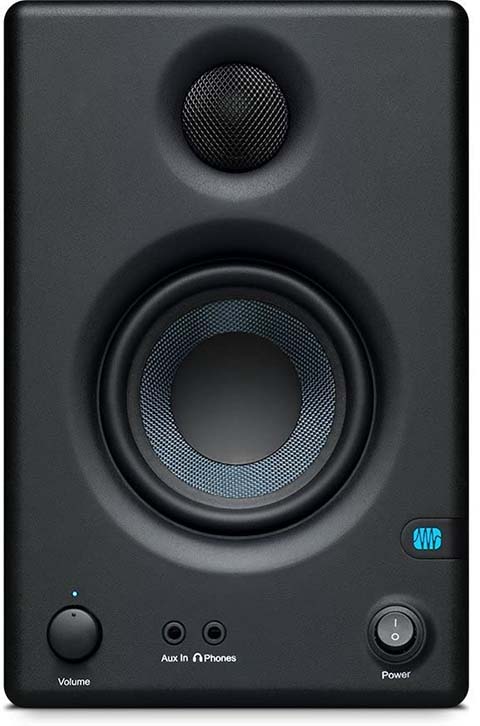
 (at Amazon.com)
(at Amazon.com)Connectivity and Flexibility
The ELAC ARB51 speakers are not just about sound quality; they also offer a range of connectivity options that cater to modern listeners. With built-in high-resolution wireless streaming, these speakers can effortlessly become part of a multi-room audio setup. The Presonus Eris E3.5, designed primarily as studio monitors, keep things simple with their basic analog inputs, which encourages a more traditional wired setup. Both speakers serve their intended purposes well, but the ELAC offers a degree more versatility in how and where they can be used.
Compare to similar speakers
Another point of distinction is the ease of integration with existing systems. The ELAC ARB51, being self-powered, requires no separate amplifier, which makes them an attractive plug-and-play option. The Eris E3.5, while also self-powered, benefits from fine-tuning through its acoustic tuning controls to adapt to different room characteristics, a feature that's particularly useful in studio environments where accuracy is paramount.
Value Proposition
When considering the value proposition of these two speakers, it's important to note the difference in their target audiences and pricing. The ELAC ARB51 is positioned as a high-end offering and its price tag reflects that; it's an investment in audiophile-grade listening. The Presonus Eris E3.5, on the other hand, offers a tremendous value for those looking to step into the world of studio monitors without breaking the bank. It provides a level of sonic accuracy that is rare at its price point, making it highly accessible to enthusiasts and professionals alike.
In conclusion, the ELAC ARB51 Navis Powered Bookshelf Speakers and the Presonus Eris E3.5 3.5” Near Field Studio Monitor cater to two very different types of audio consumers. The ELAC delivers a premium listening experience that thrills with its acoustic prowess and design, while the Presonus offers a practical, no-nonsense approach to sound reproduction that is both accurate and affordable. Whichever you choose will depend on your preferences, priorities, and of course, your ears. One thing is for sure: both speakers stand as testaments to their manufacturers' dedication to sound quality.
- ELAC ARB51 Navis reviews and FAQs
- Presonus Eris E3.5 reviews and FAQs
Check Current Prices: |
|
|
Amazon.com
|
Amazon.com
|
Affiliate Disclosure: As an Amazon Associate, we earn from qualifying purchases.
